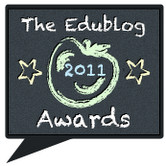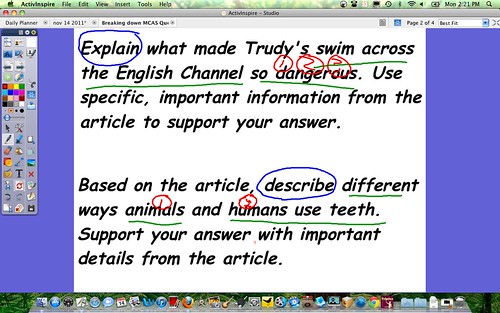
On the day I handed my 11 year old son the release of the newest Diary of a Wimpy Kid series — Cabin Fever — he was done within an hour and had passed it to his older brother, who was done with the book within 45 minutes. My youngest son took it up and told me he was “just reading the comics.” Well, I asked the older boys? Is it any good?
“There’s no story. Or at least, not until the end,” one boy complained.
“It had some funny bits. But I already forget what it was about,” the other added.
And so it goes. The excitement over the recent installment of a popular series inevitably leads to the eventual let-down of reality. Or it may be that my older boys have “aged out” of the mis-adventures of Greg Heffley.
I have long enjoyed Jeff Kinney’s work with the Wimpy Kid series (although I thought the movie was just dumb) and certainly, his success flooded the market with so many knock-offs that book shelves in book stores (the ones that still exist) are weighed down with text/illustration humor novels aimed at elementary and middle school readers. I have even used part of the “blank” book he put out a few years ago with various writing and drawing prompts for his readers. There’s some fun activities in there.
This latest edition to the series is, as my boys note, sort of a bit too much fluff and not enough story to hold the thing together. My students who ordered the book early and then devoured it … had similar reviews. And they were disappointed, particularly given the build-up within Scholastic (order now! wait five weeks!).
Which is not to say there are not funny moments in this book. Kinney’s too good to be a complete let-down. Topics such as playground safety in schools (Result? removing all playground structures), anti-bullying workshops (Greg feels sorry for the bully), gaming (the use of Net Kritterz is pretty funny satire at the state of gaming and commerce), nut-free cafeteria zones (leads to crowded tables for everyone else), nutrition in schools and the inclusion of graphic novels in the library.
But I wonder if Kinney needs another outlet for his humor and whether the Wimpy Kid has run its course. I am certain that Kinney will find his footing, though, and I remain a fan of his as a writer and humorous dude.
Peace (with the Kid),
Kevin
PS — by the way, did you see this great parody of President Obama and the Wimpy KId series in the Boston Globe? Check it out. It had me laughing so hard …. in a painful political way.



